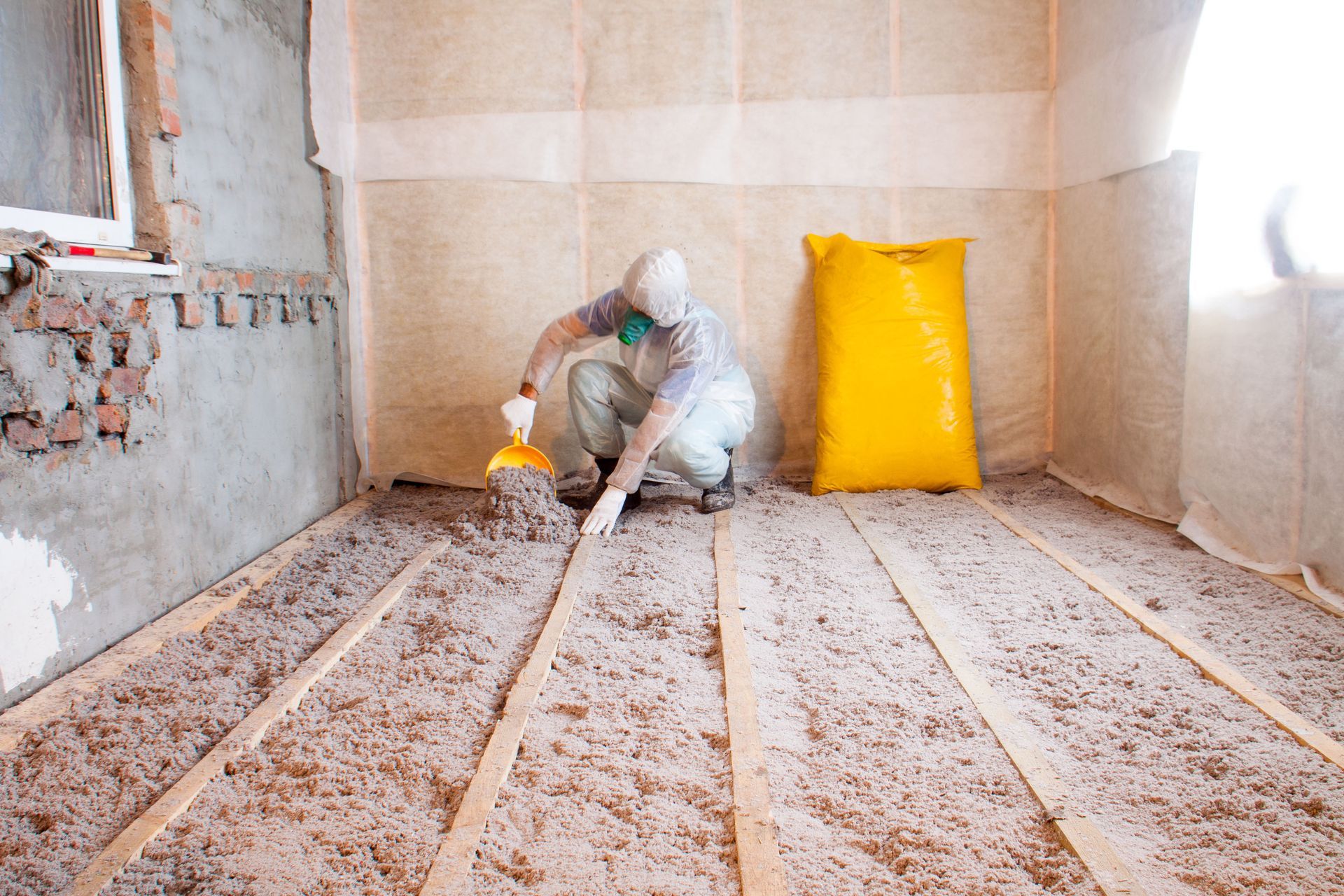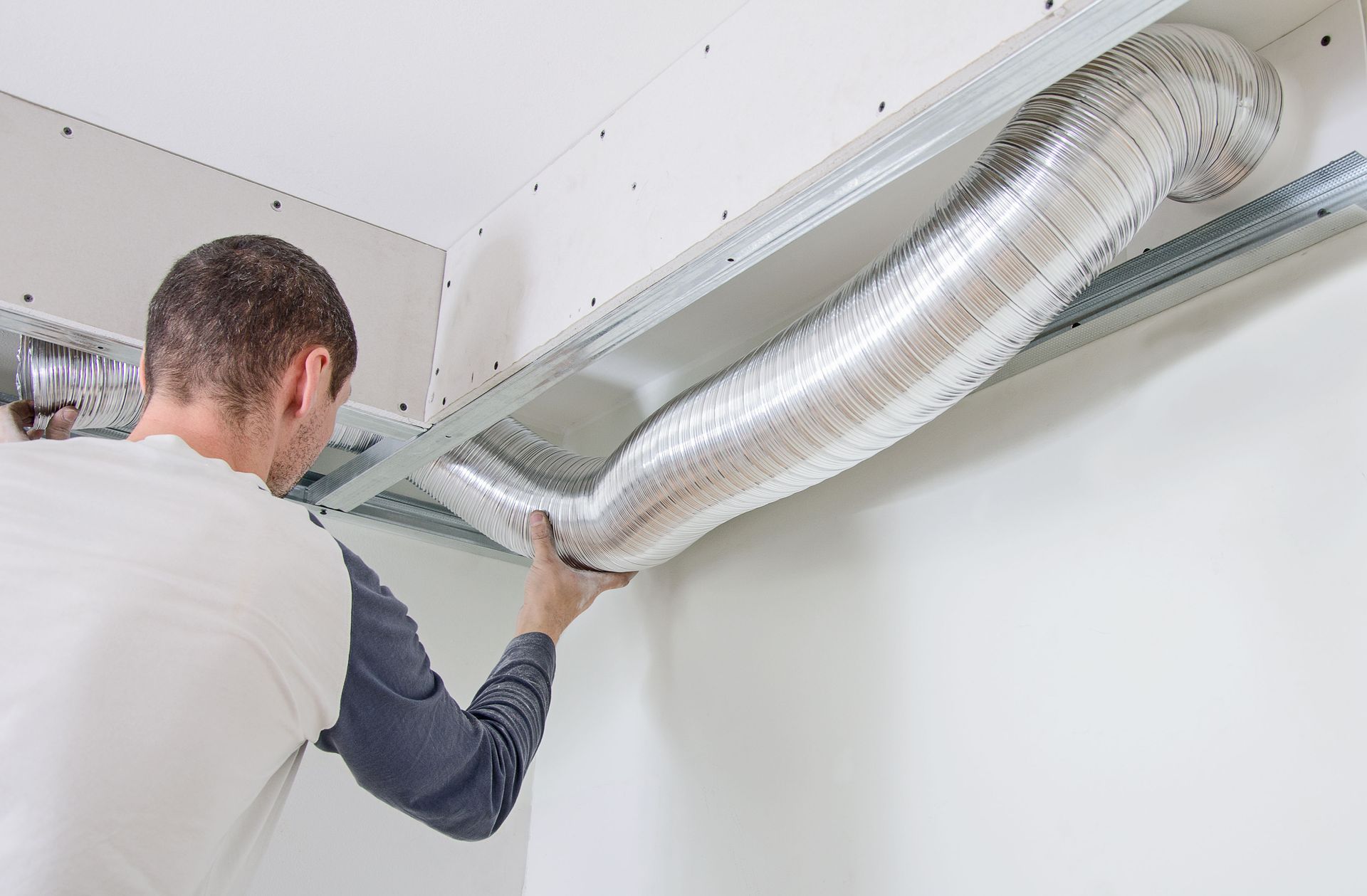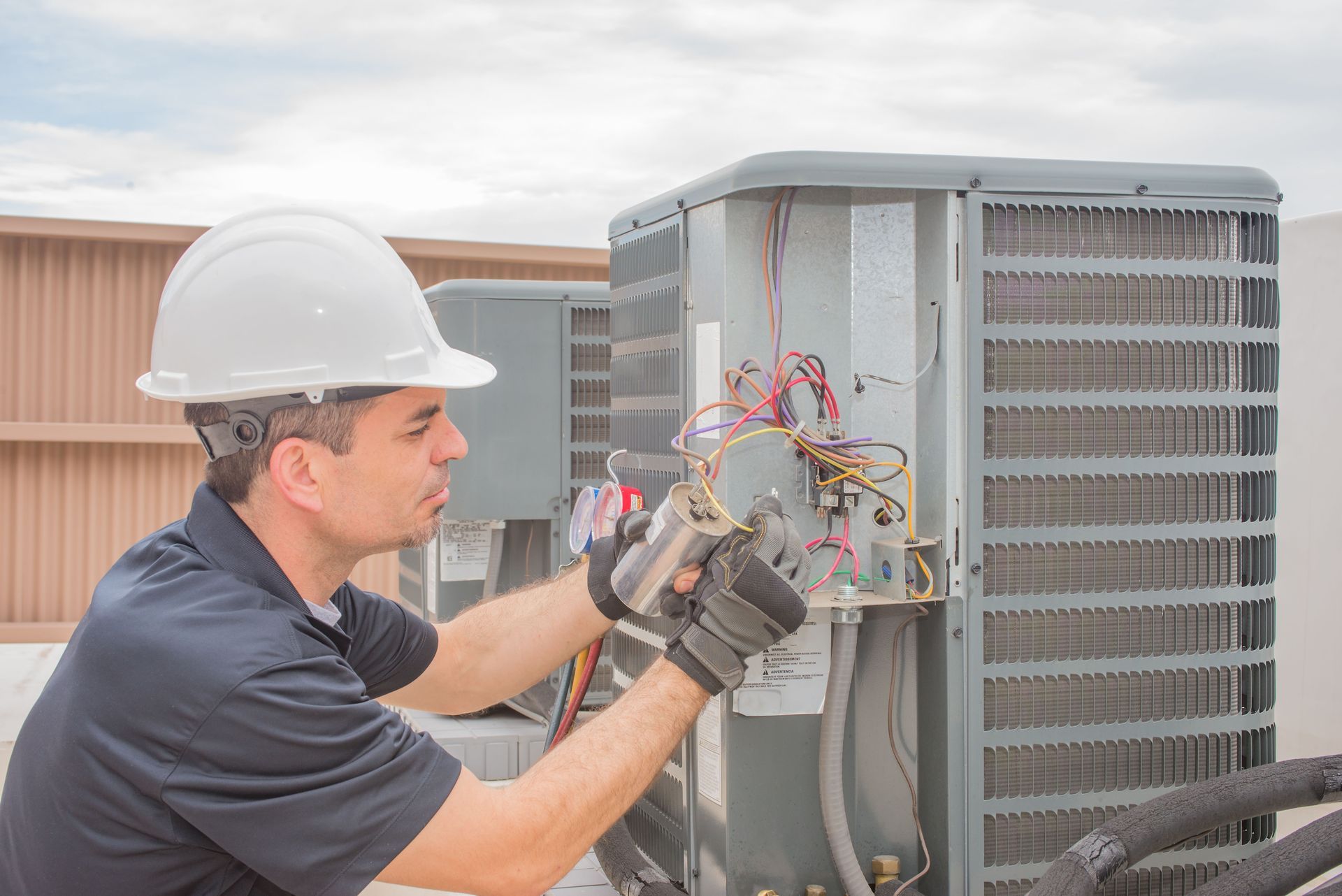How to Choose the Right HVAC Unit Size for Your House
Although your HVAC system may function flawlessly for a decade or more, there comes a time in every homeowner's journey when the trusty HVAC equipment must be replaced. Replacing your HVAC in Magnolia, TX, represents a substantial investment in your property, and it's one you don't make very often. Therefore, it's important that when selecting a new HVAC system, you get the right size of system for your square footage needs.
But how can you determine how big your HVAC unit needs to be? The first step is to consult with local HVAC companies so that you can take advantage of their expertise and knowledge. However, there's some information you can assemble on your own to get a preliminary estimate of your HVAC size needs. Keep reading to learn a few ways that you can determine the right HVAC unit size for your home.
Step 1: Figure Square Footage
This initial step is easy enough because it's information that's readily available on documents related to your house. The square footage is the total amount of two-dimensional space that you have under your roof. Additionally, for the purposes of HVAC size estimation, you should be sure to include only the square footage of rooms that are climate-controlled, or that you wish to have climate-controlled. If you don't have the total square footage figure for your home on hand, you can get it by measuring the individual rooms to get room square footage, then adding those figures together to get the total.
Step 2: Determine BTU Requirements
Once you have that square footage number, you need to incorporate it into your math to come up with a minimum BTU, or British Thermal Unit, requirement for the residence. A BTU is a measurement of the amount of energy used to heat or cool a space. Air-conditioning and heating units are described using their BTU capacity. It takes approximately 25 BTUs to heat or cool a single square foot in the average home. Therefore, the general rule of thumb is to multiply the square footage by 25 BTUs. For example, if your home has 2,000 square feet, you can use the formula above to determine that you'll need an HVAC unit with a minimum capacity of 50,000 BTUs to heat and cool the home efficiently.
Step 3: Account for Other Factors
While you can get a base figure for the BTU requirement for your home based on the square footage, there are some other factors that must be added into the equation. For example, if you have ceilings that are higher than the standard 8-foot height, you must account for that extra room volume. The rule of thumb is to increase your BTU requirement calculation by 25 percent, which can be done simply by multiplying your previous BTU figure by 1.25. For example, if your 2,000 square foot home has 12-foot ceilings, your BTU requirement wouldn't be 50,000 as previously estimated. Instead, a more accurate estimate would be 62,500 BTUs.
Step 4: Determine Tonnage
Finally, once you have your BTU requirement, you can figure out the size, or tonnage, of the heating and cooling units, you will need to control the climate of your home. To get that figure for the AC unit, simply divide your total BTU figure by 12,000. For example, if your BTU estimate was 62,500 BTUs, your tonnage requirement would be about 5 tons. To get that number for your heater, divide the BTU estimate by the heater's efficiency number as a decimal.
While figuring out the proper size for your residential HVAC in Magnolia, TX, should still include the recommendations of a local HVAC company, you can arrive at basic estimates by using the steps above. To learn more about determining what size HVAC you need for your home, contact Wright Air Conditioning & Heating Co. at (936) 449-6491.























Share On: